-
Welcome to Tacoma World!
You are currently viewing as a guest! To get full-access, you need to register for a FREE account.
As a registered member, you’ll be able to:- Participate in all Tacoma discussion topics
- Communicate privately with other Tacoma owners from around the world
- Post your own photos in our Members Gallery
- Access all special features of the site
Belt tension matter when replacing?
Discussion in '1st Gen. Tacomas (1995-2004)' started by Caslon, Mar 15, 2021.
Page 1 of 2
Page 1 of 2


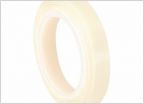 STOP TRYING TO LOCATE THE DASH RATTLE! (No!!! Not another DASH RATTLE thread!)
STOP TRYING TO LOCATE THE DASH RATTLE! (No!!! Not another DASH RATTLE thread!)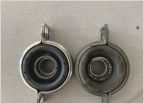 Center Support Bearing
Center Support Bearing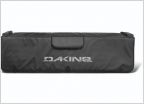 Best Surfboard Tie-down / Pickup Pad for 1st Gen?
Best Surfboard Tie-down / Pickup Pad for 1st Gen?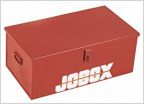 Bed storage solutions...
Bed storage solutions...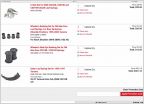 Replacing Leaf Springs on my 96 4x4 2.7L
Replacing Leaf Springs on my 96 4x4 2.7L
